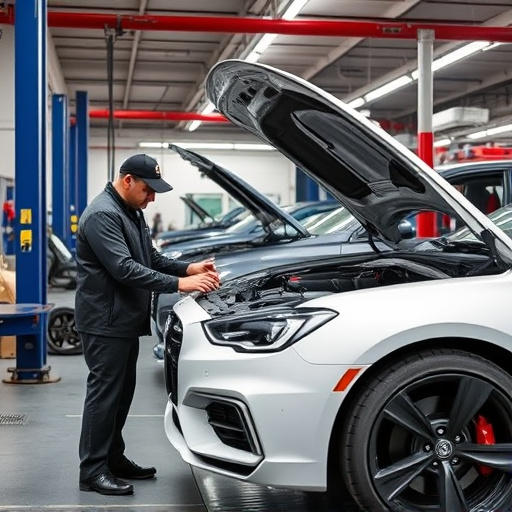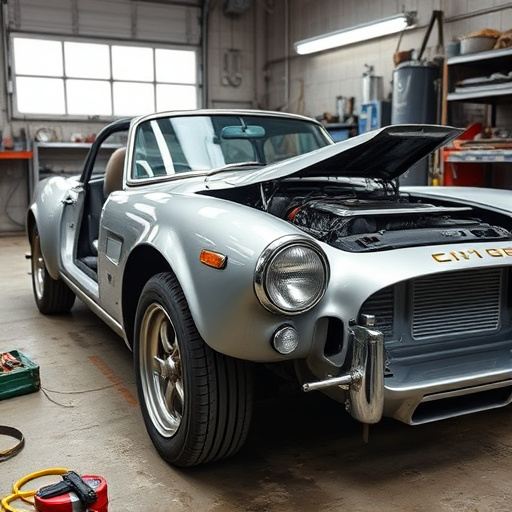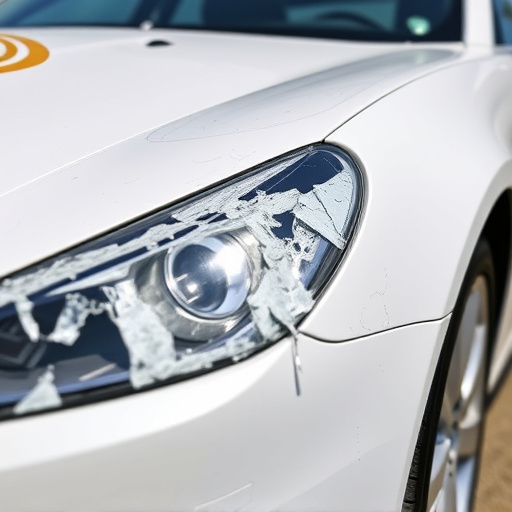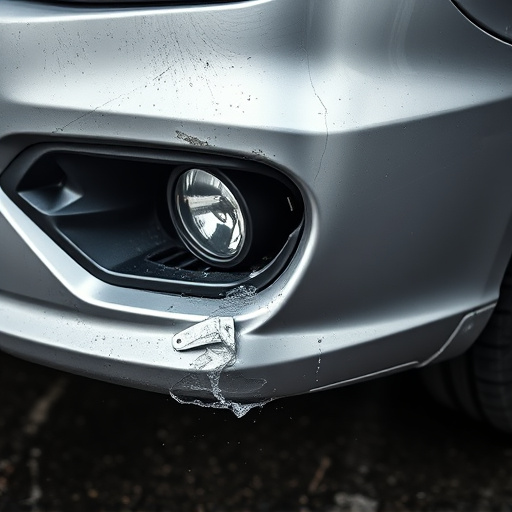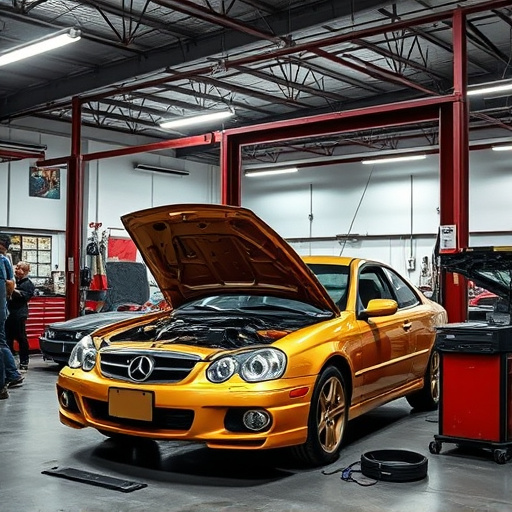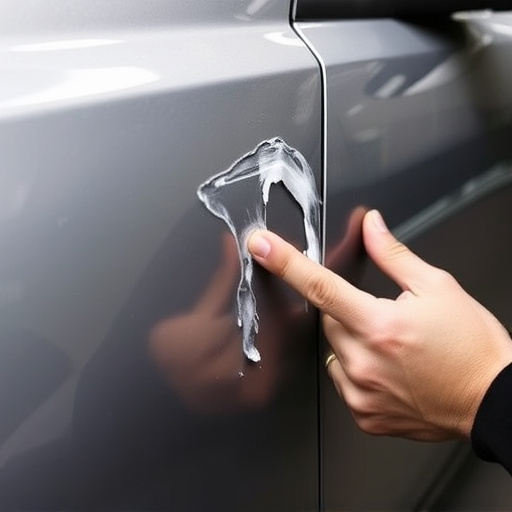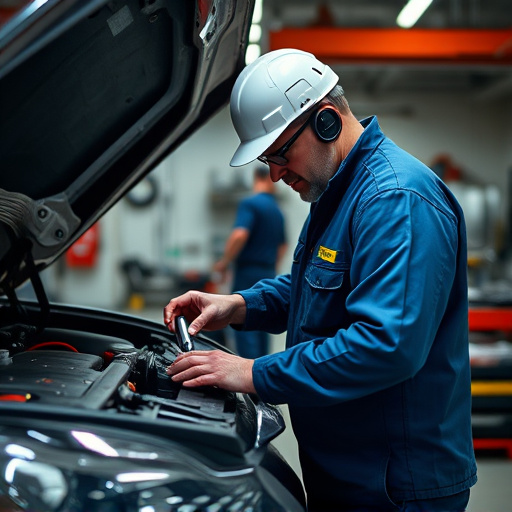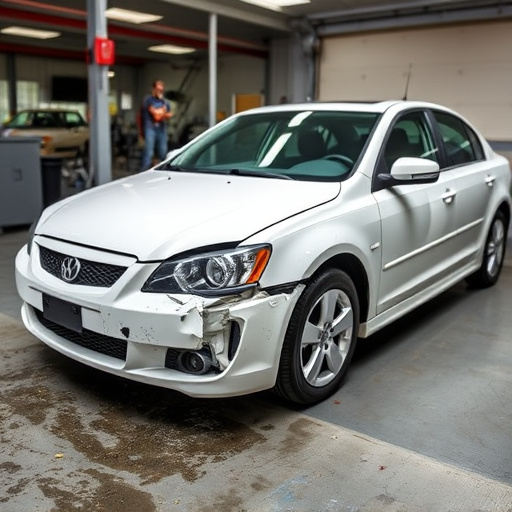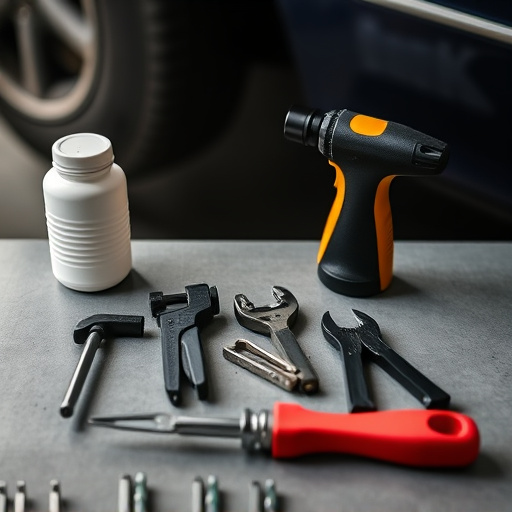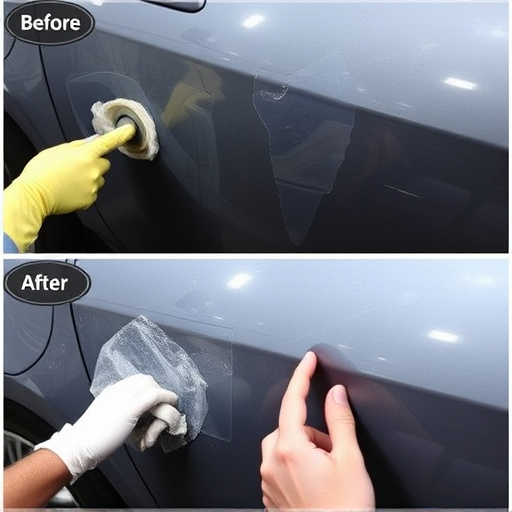B-pillar replacement is a crucial collision repair process ensuring vehicle safety and structural integrity by meticulously restoring or replacing the lateral support connecting doors to the roof. Skilled technicians assess damage, source new pillars, and use advanced tools for precise alignment, enhancing both safety features and aesthetic appeal through expert painting. Challenges include part availability for specific models, but combining B-pillar repairs with dent removal and tire services maximizes vehicle safety, reliability, and appearance post-accident.
In the realm of collision repair, understanding B-pillar replacement is key to ensuring structural integrity and vehicle safety. This article delves into the intricacies of this critical process, exploring its role as a cornerstone in modern automotive craftsmanship. We’ll dissect why replacing B-pillars is essential, highlighting benefits and challenges, while providing an insightful step-by-step guide to the installation process. Embrace the significance of B-pillar replacement, a game-changer in enhancing vehicle durability and performance.
- Understanding B-Pillar Replacement: The Basic Framework
- Why Replace a B-Pillar? Benefits and Challenges
- The Process: From Removal to Installation of New B-Pillars
Understanding B-Pillar Replacement: The Basic Framework
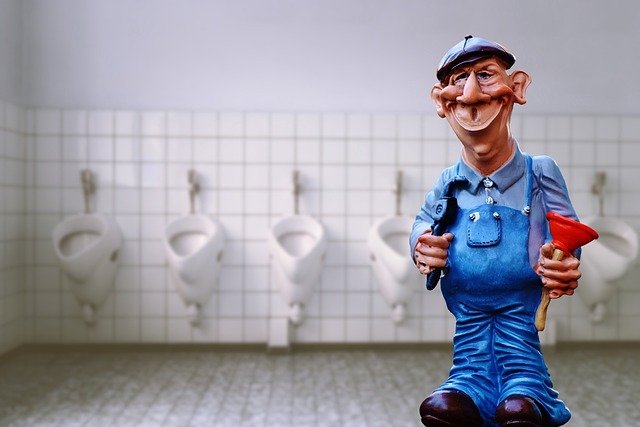
B-pillar replacement is a critical process within the realm of collision repair, addressing structural integrity and vehicle safety. This procedure involves the meticulous replacement of the B-pillar, which is a fundamental component of a car’s bodywork, connecting the roof to the doors and providing lateral support in case of a collision. A damaged or weakened B-pillar can compromise the overall stability of a vehicle, making its replacement not just a repair but a safety measure.
The process begins with assessing the extent of damage, which could range from minor dents and scratches that require car bodywork restoration to more severe structural issues. Skilled technicians use advanced tools and techniques for dent removal and car scratch repair, ensuring the B-pillar is restored to its original condition or even improved. Once prepared, a new B-pillar is precisely fitted and aligned, maintaining the vehicle’s aesthetic appeal while enhancing its safety features.
Why Replace a B-Pillar? Benefits and Challenges

When it comes to collision repair, the B-pillar is a critical component of a vehicle’s structural integrity and safety features. B-pillar replacement isn’t merely about aesthetics; it’s essential for reinstating the car’s strength and stability after a collision. A damaged or weakened B-pillar can compromise the overall rigidity of the vehicle, affecting its handling and safety performance.
While car bodywork services that specialize in B-pillar replacement offer numerous benefits, including enhanced structural integrity and improved safety ratings, there are also challenges involved. This process requires skilled technicians with specialized knowledge to ensure precise alignment and seamless integration with other car components. Moreover, depending on the vehicle model and extent of damage, acquiring compatible parts can be a complex task. Nonetheless, investing in auto dent repair and tire services alongside B-pillar replacement ensures that your vehicle not only looks its best but also drives safely and reliably after an accident.
The Process: From Removal to Installation of New B-Pillars
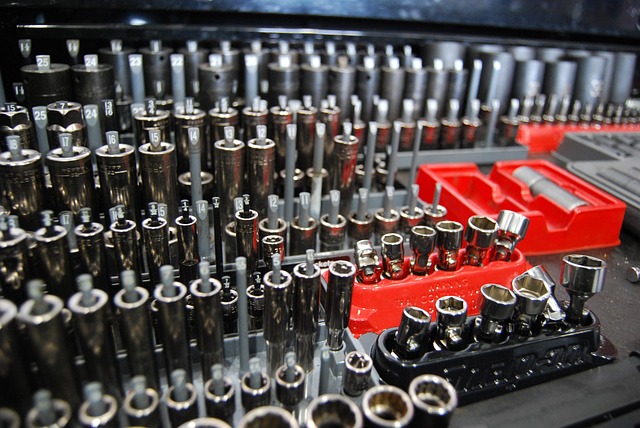
The process of B-pillar replacement involves several precise steps to ensure structural integrity and a seamless finish. It begins with the careful removal of the existing pillars, often requiring specialized tools and expertise to disengage them from the vehicle’s frame without causing damage. Once removed, the old pillars are assessed for salvageability; some parts may be reusable or recyclable.
The next step is preparing the area for new installation. This includes cleaning and patching the surrounding panel gaps and ensuring the body shop services have addressed any related car paint repair needs. After a new B-pillar is sourced, whether original equipment or a high-quality aftermarket variant, it’s carefully aligned and secured into place. Skilled technicians use advanced techniques and precision tools to ensure a perfect fit, aligning with the vehicle’s structure and aesthetic lines. This meticulous process culminates in a robust replacement that not only enhances safety but also restores the vehicle’s structural integrity and visual appeal through expert auto painting.
B-pillar replacement is a crucial aspect of modern collision repair, offering numerous benefits such as enhanced structural integrity, improved safety, and better aesthetic restoration. However, it’s not without challenges, from accurate measurement to ensuring compatibility with newer vehicle models. Mastering the process, including efficient removal and precise installation, is key to achieving top-quality repairs that meet modern standards. By understanding these key elements, collision repair professionals can effectively leverage B-pillar replacement as a game-changer in their work.
